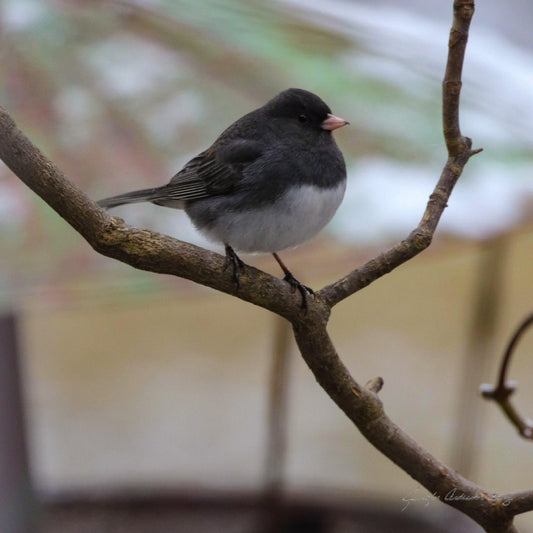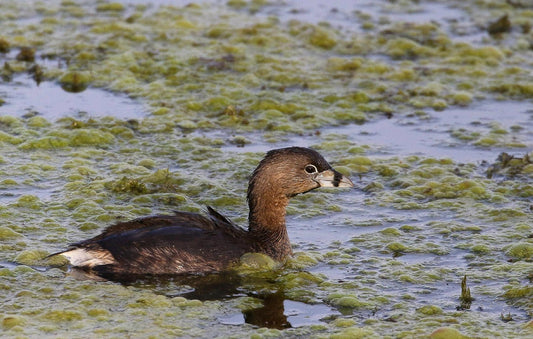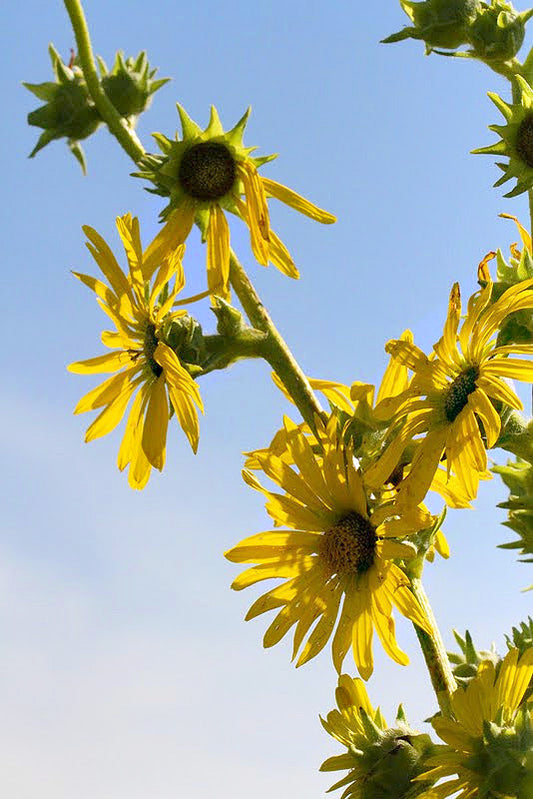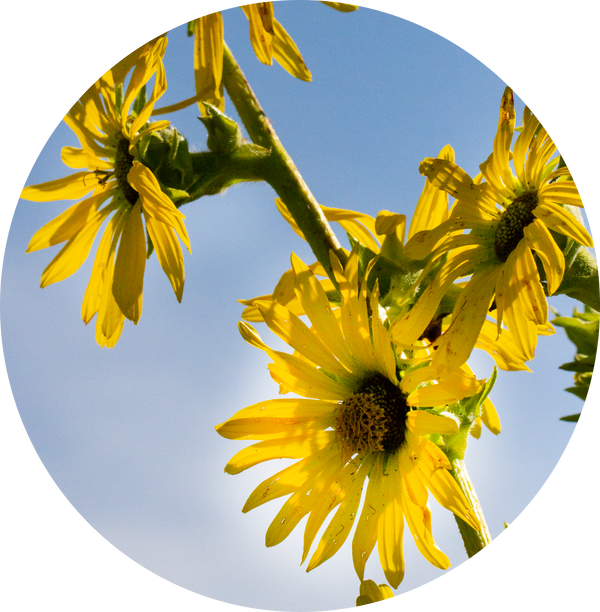Midwest Wilderness Connections Eco-briefs and Eco-sweeps

MWC Eco-brief: Dark-eyed Junco
The dark-eyed junco is a frequent visitor to Midwest birdfeeders during winter, where they can be observed flashing white tail feathers while foraging. Junos flash their tail more often, and...
MWC Eco-brief: Dark-eyed Junco
The dark-eyed junco is a frequent visitor to Midwest birdfeeders during winter, where they can be observed flashing white tail feathers while foraging. Junos flash their tail more often, and...

MWC Eco-brief: Pied Billed Grebe
Pied-billed grebes are charismatic wetland birds that dive underwater to catch food, such as crayfish, fish, crustaceans, mollusks, and aquatic invertebrates. Their nesting habit is especially interesting. In the Midwest,...
MWC Eco-brief: Pied Billed Grebe
Pied-billed grebes are charismatic wetland birds that dive underwater to catch food, such as crayfish, fish, crustaceans, mollusks, and aquatic invertebrates. Their nesting habit is especially interesting. In the Midwest,...


MWC Eco-Brief: Compassplant
Aligning its leaves north to south, thus reducing direct sunlight on a hot summers day on the prairie, is how compassplant got its name.
MWC Eco-Brief: Compassplant
Aligning its leaves north to south, thus reducing direct sunlight on a hot summers day on the prairie, is how compassplant got its name.





